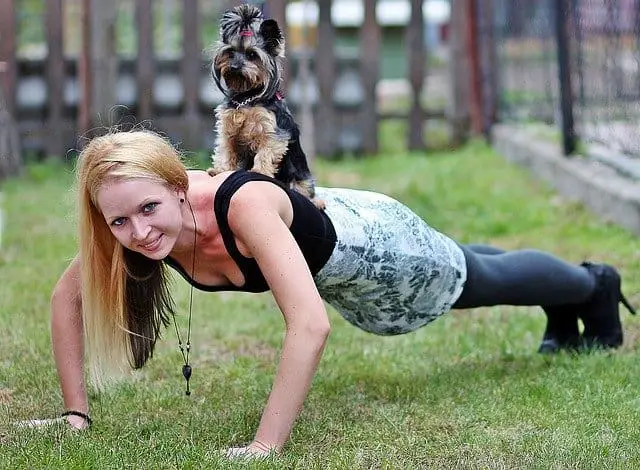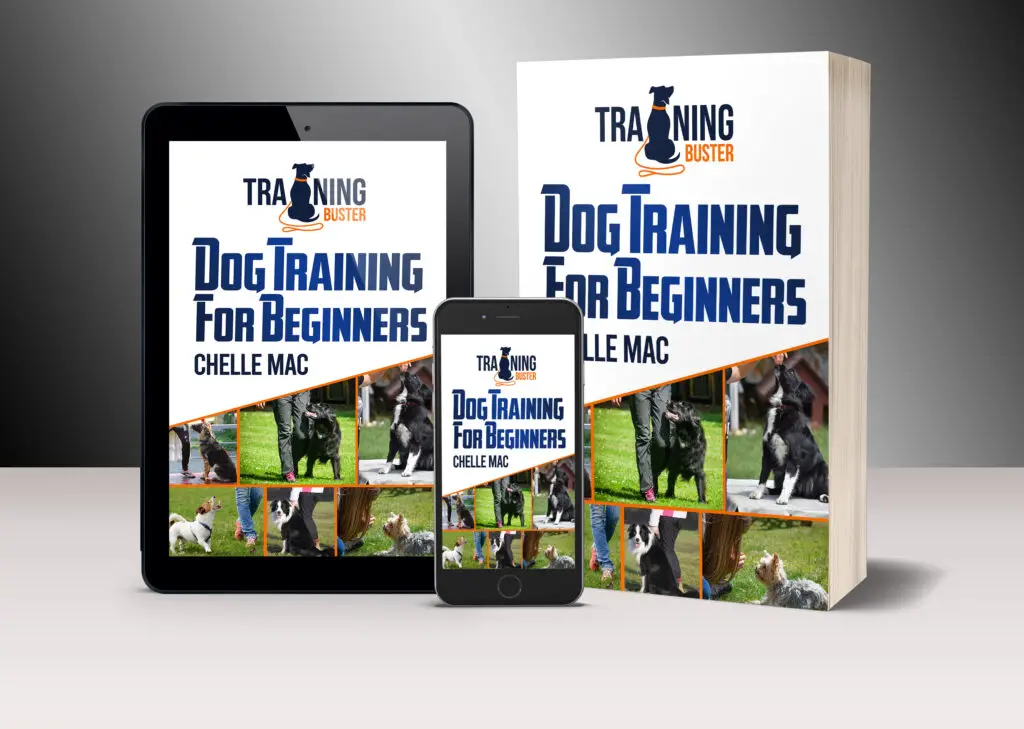
A breed of dog that’s become incredibly popular in recent years, the Yorkshire Terrier is a small dog intended as a lapdog or even handbag dog. However, they retain their Terrier’s zeal and personality. But because of this, are Yorkies hard to train? Let’s take a look:
History of Yorkies
Originally a comparatively large terrier from Scotland, the Yorkshire Terrier then made it’s way to Yorkshire in the arms of Scottish weavers, miners, and factory workers during England’s Industrial Revolution.
The Yorkie was probably originally bred from crosses between dogs like the Skye Terrier and English Black and Tan Toy Terrier and was sometimes known as the Paisley Terrier or Clydesdale Terrier. They’ve been a lapdog for centuries.
What’s Good About Yorkies?
What’s so good about the Yorkie? What makes them so popular and why do so many people adopt them? Well, the Yorkshire Terrier is typically quite a cuddly dog. This is especially true after the Terrier being bred as a lapdog and for its small size for decades.
The Yorkie’s small size also means that they don’t require strenuous, exhausting daily hikes of a walk. Even just a short session of some indoor fetch is enough to completely exhaust a Yorkshire Terrier’s exercise requirements for the rest of the day!
As well as these things, the Yorkshire Terrier has a unique and amazingly soft straight coat that sheds so little as to be considered hypoallergenic. A Yorkie can have a silky coat that is easy to brush or a soft coat that tangles a bit more easily and requires being brushed a little more frequently.
What Can be Difficult About a Yorkie?
Did you know that small dog breeds like the Yorkshire Terrier are quite prone to developing tartar-related problems with their teeth? Because of this, if you adopt a Yorkie, you will have to get into the habit of brushing their teeth on a regular schedule to keep tartar at bay.
Also, did you know that the Yorkie’s ears can trap moisture and easily become infected? Thankfully, this is easy to spot – if your Yorkie has an ear infection, you will quickly pick up on an unpleasant odour emanating from their ear canal.
Or, you may first notice an unusual red or brown discharge coming from the ear. To prevent this from happening, you must regularly pluck loose hair from your Yorkie’s ears when you are grooming them.

What’s Hard About Training a Yorkie?
Yorkies are notoriously difficult to potty train or house train. Small breeds do tend to be very difficult to house train, but even by small breed standards Yorkshire Terriers really is one of the most difficult breeds to house train.
This could possibly be in part due to a Yorkie’s propensity towards separation anxiety. But, the Yorkshire Terrier also does have a small bladder and requires training for somewhat longer than other dogs – often up to around their second year.
The Yorkshire Terrier is also well-known to be a “yappy” breed of dog, barking at the door and at every unidentified sound they hear. This means that a Yorkie who will be living as a pet needs good, consistent training from an early age, to avoid developing this problem.
How Do You House Train a Yorkie?
Because of all this, it is very important to house train your Yorkshire Terrier consistently and from a very young age. One house training method many owners use is to bring their Yorkie outside often at regular intervals – every ten minutes, then every hour or two – until their Yorkshire Terrier gets the hang of house training and starts to get their owner’s attention.
Another way people commonly house train their Yorkie is to tape a small bell to the lower half of their door that the Yorkie can bat at to signal that they need to go outside.
This makes it much easier for the owner to notice when their Yorkie needs out. But a Yorkie often gives other signals when they need to go outside – they might scratch your arm, come over and stare at you, scratch at a door leading outside, stand at a door leading outside or even bark or growl at you.
How Do You Crate Train a Yorkie?
For times when you won’t be at home, it is a good idea to crate train your Yorkie. As we mentioned previously, it is quite common for a Yorkie to suffer from separation anxiety, and separation anxiety is a major reason why a Yorkshire Terrier might have an accident.
But, keeping your Yorkie in an enclosed space like a crate often helps them to feel more secure and comfortable when they are alone.
However, this must be a crate that they are familiar with and have already gotten used to.
So, before you leave your Yorkie at home alone in this enclosed crate, try getting them used to it when you are still at home. Leave them in the crate with the door open at first. Let them explore it for themselves.
Then, leave your Yorkie in their crate with the door shut for a while – 10 minutes or so.
If they don’t mind this, you can leave them in for a while longer next time until gradually, they are happy to sleep in there and spend hours in there, even when you aren’t at home.
How Do You Train a Yorkie Not to Bark?
Does your Yorkie bark? Do you know what your Yorkie is barking at? Do you know why they bark? Identifying the reason why your Yorkie barks and what they are barking at will greatly help you out when training them.
If your Yorkie is barking because they are scared, try picking them up, petting them, and telling them that they are alright. Then, start to say “Quiet” gently.
If your Yorkie stops barking when you say this command, reward them with a treat. After this, it should be easier to get your Yorkie to stop barking – just say the command. You won’t even need to give them a treat anymore, but be sure to make a fuss about what a good dog they are.
Or maybe your Yorkie barks because when someone comes to the door or rings the doorbell because they are excited? If this is the case, you could set up a separate area that your Yorkie goes to calm down. Their bed or crate is a good option.
Then, engineer the cue that your Yorkshire Terrier barks at. You may need someone else to deliberately ring the doorbell or come to the door.
When your Yorkie rushes over, barking, direct them to this area for calming down. You could pick them up mid-run and put them in this area, or just verbally command them to go to bed.
When they are in the area and they stay there for a while, reward this behavior with a treat. After this, continue verbally commanding your Yorkie to “go to bed” when they start barking.
This isn’t the only method that works well for training a Yorkie not to bark – check out our previous article for more information on how to stop your dog from barking at the window. There are also great ultrasonic products that work by emitting a sound that only a dog can hear. Here are a few we recommend:
Conclusion
So, the Yorkie is one of the most popular of the small breed dogs, and for good reason. However, they do have some common issues when it comes to training them – but so do all breeds.
Knowing about these issues and being prepared to deal with them before you adopt your Yorkshire Terrier will make all the difference. I hope these tips help you out with training your Yorkie and help and your Yorkie to have a great life together.
By Michelle McDaid.


